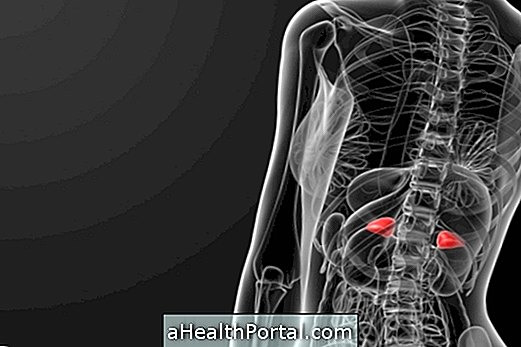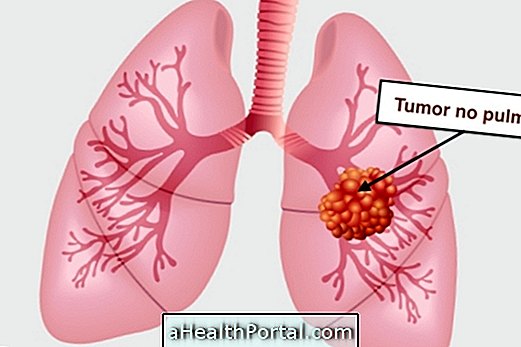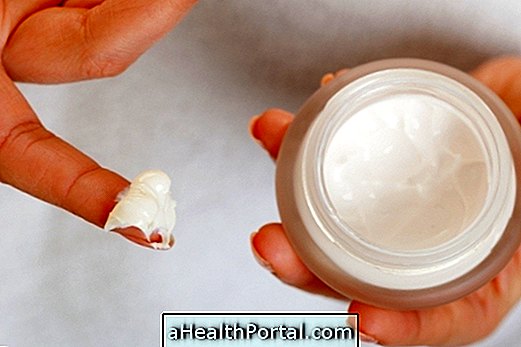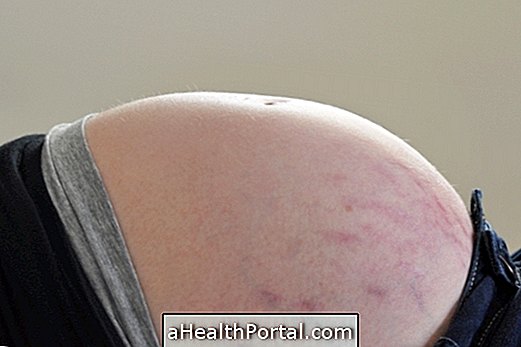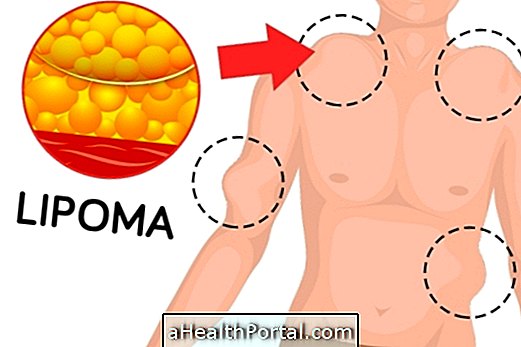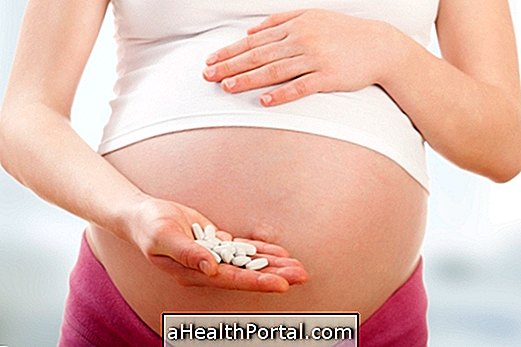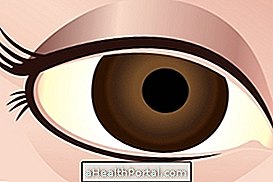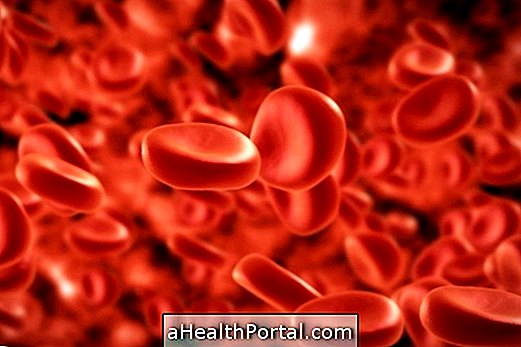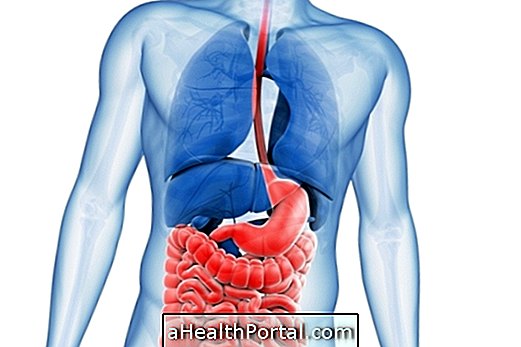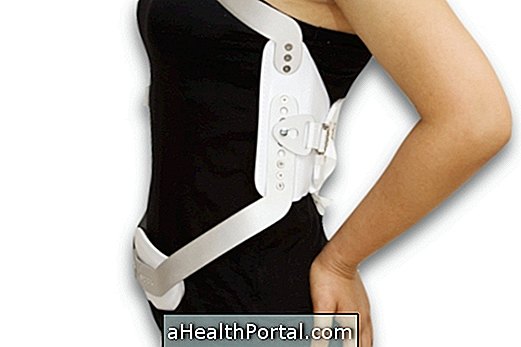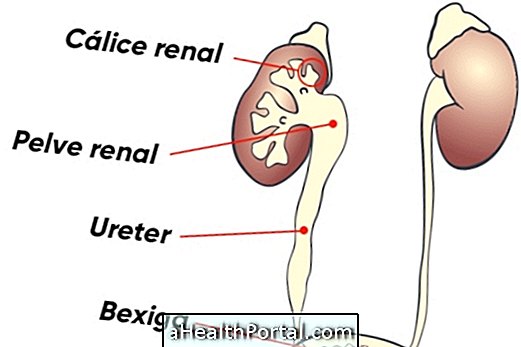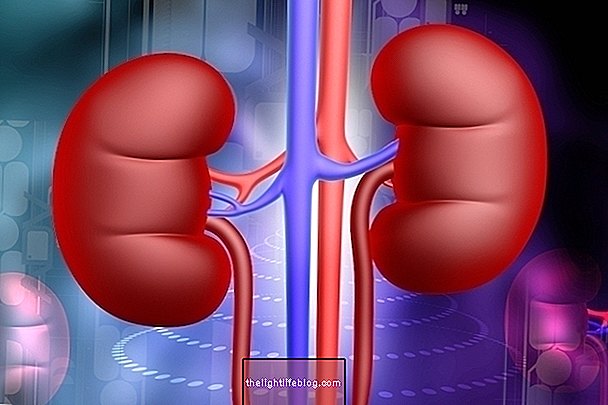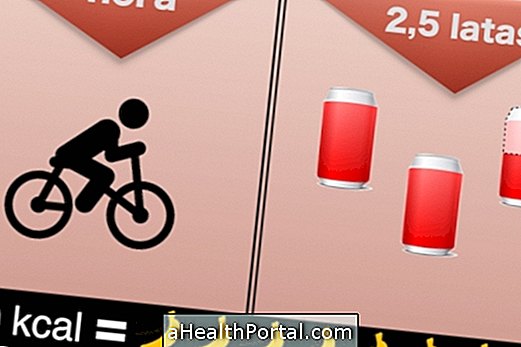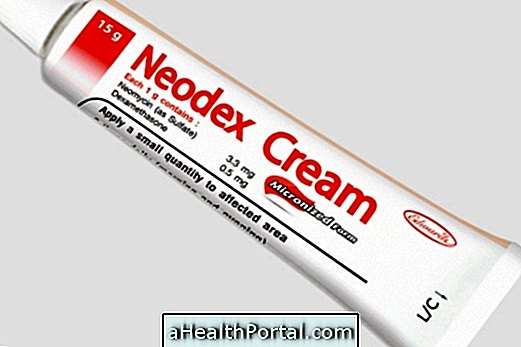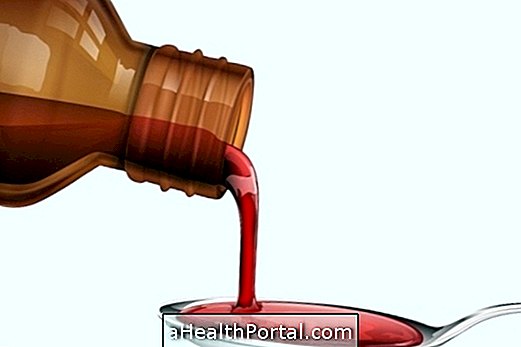The main symptoms of hepatic steatosis, which is the accumulation of fat in the liver, are abdominal discomfort and general malaise, especially in alcoholics over 60 years of age. However, other causes of the disease include type 2 diabetes, obesity, high cholesterol and genetic factors.
Symptoms of fatty liver can usually arise when fat in the liver exceeds 10%, characterizing grade 1 or mild hepatic steatosis, which rarely presents symptoms and does not cause damage to the body, as long as its cause is avoided.
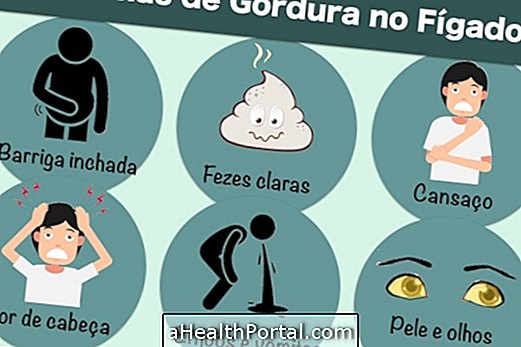
Symptoms of Grade 2 Hepatic Steatosis
The symptoms of grade 2 or moderate hepatic steatosis, as well as grade 3, occur more frequently and include:
- Excessive tiredness;
- Abdominal discomfort on the right side;
- General malaise;
- Headache;
- Nausea, vomiting and diarrhea.
These signs and symptoms arise when the cause of the problem is not avoided, causing a marked situation with great accumulation of fat and inflammation of the liver cells.
It is common for patients with hepatic steatosis to be unaware of their health problem, not only because the symptoms are rare but because when they do, they are not usually associated with liver problems.
Thus, the diagnosis of hepatic steatosis is often made by the general practitioner after a routine blood test or physical examination with palpation of the abdomen. In addition, the progression of the disease can be accompanied by examination of Liver Elastography, which is fast and painless.
Treatment for hepatic steatosis
Treatment for hepatic steatosis should be done by avoiding its cause and, therefore, in the case of alcoholics, treatment is initiated with a decrease in alcohol intake.
In addition, during treatment for hepatic steatosis is also important:
- Exercise regularly
- Have a balanced diet and low in fat or sugar;
- Increase intake of vegetables, lean meat and fruit;
- Keep cholesterol levels under control.
When treatment is not done properly and the individual maintains the cause of the disease, excess fat in the liver can increase and cause serious damage to the liver cells, resulting in cirrhosis. Learn more about what the Liver Fat Diet should look like.
In addition, it is important to remember that during pregnancy, the appearance of fat in the liver is a very serious complication, which can cause death of the mother and the baby, so see how to identify their symptoms.
To answer your questions, see 7 Common Questions About Liver Fat.

